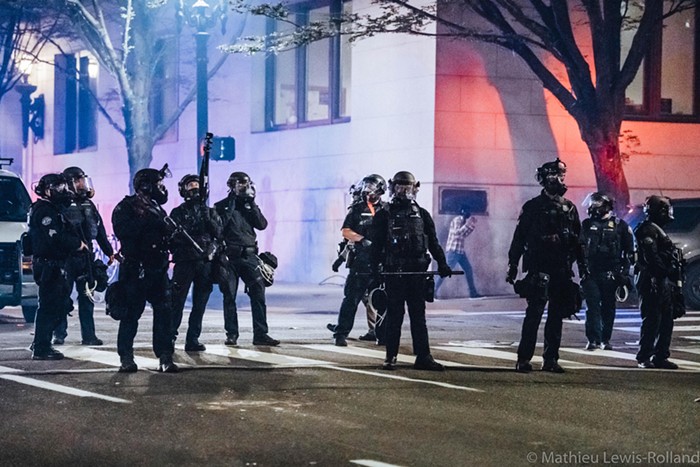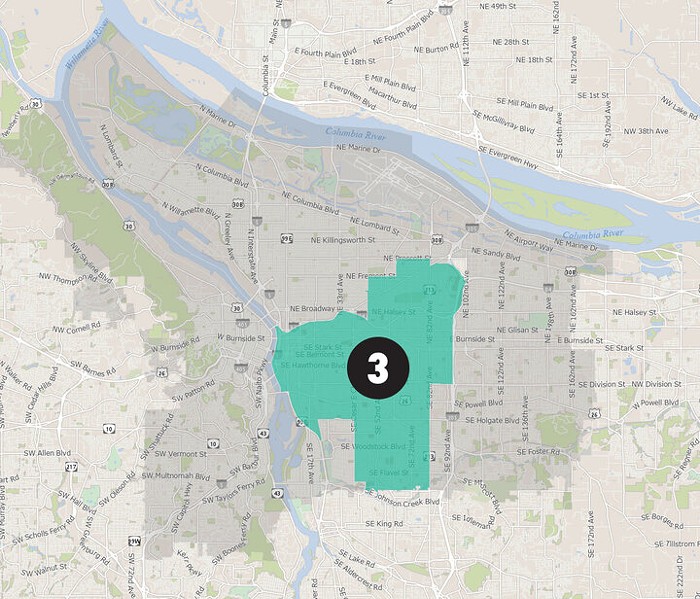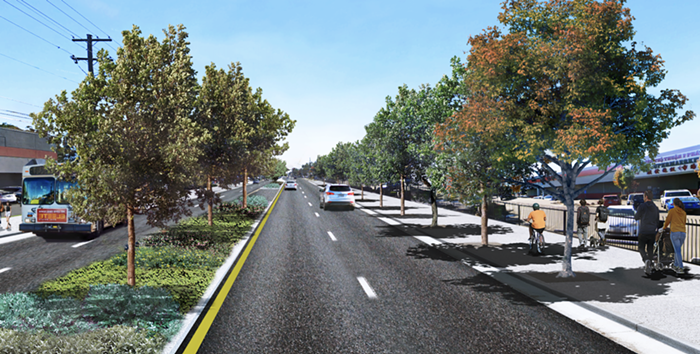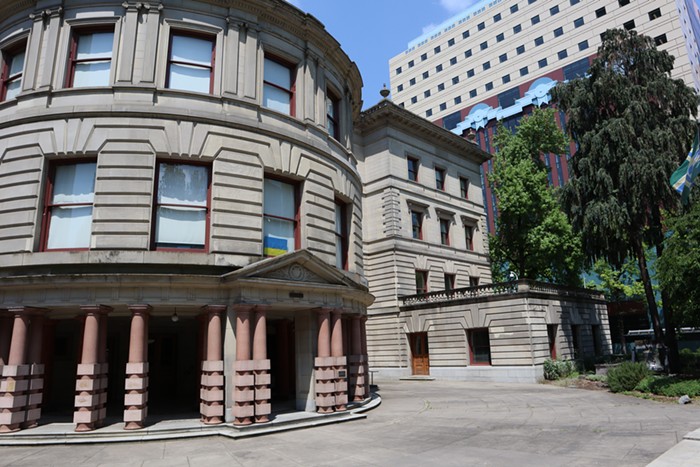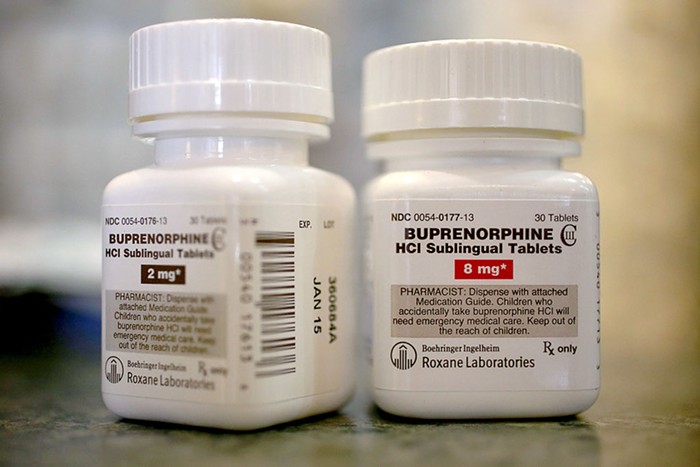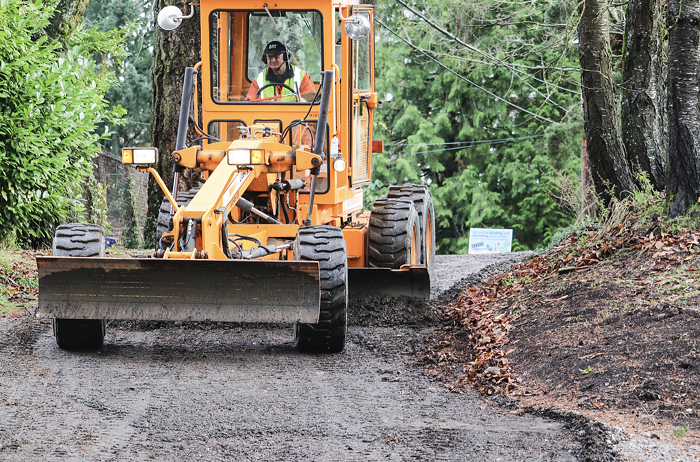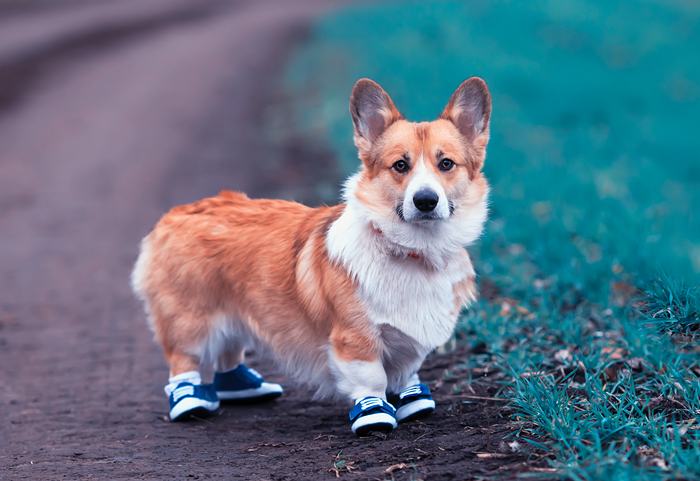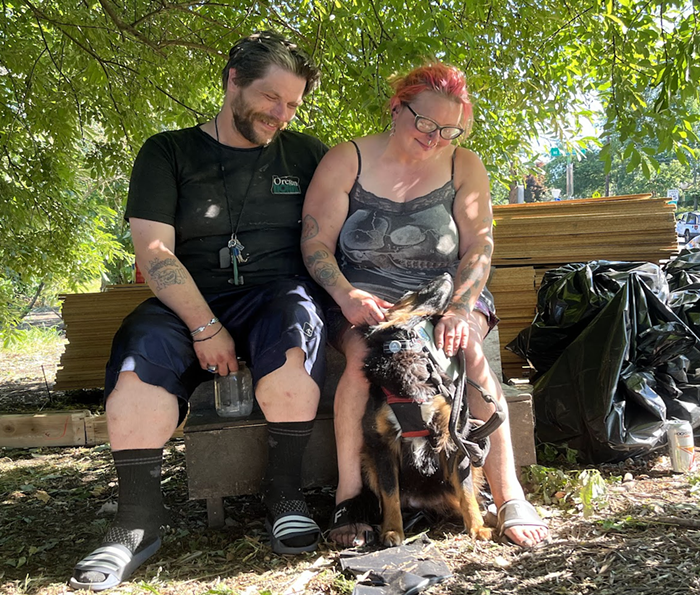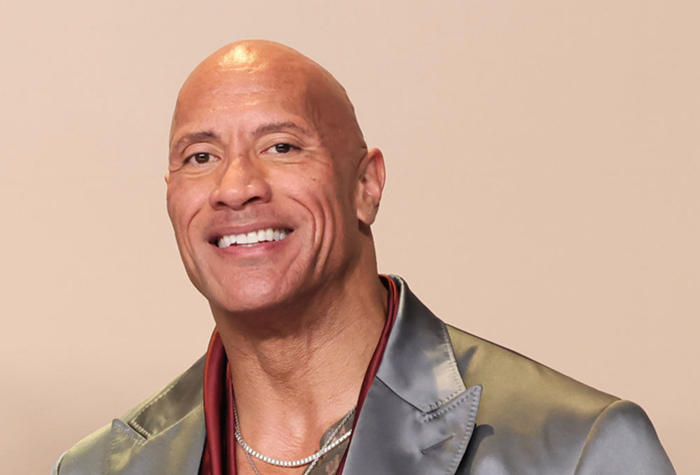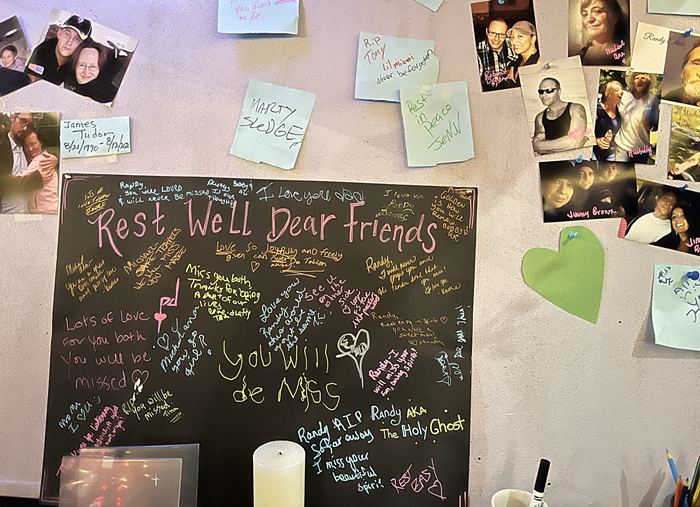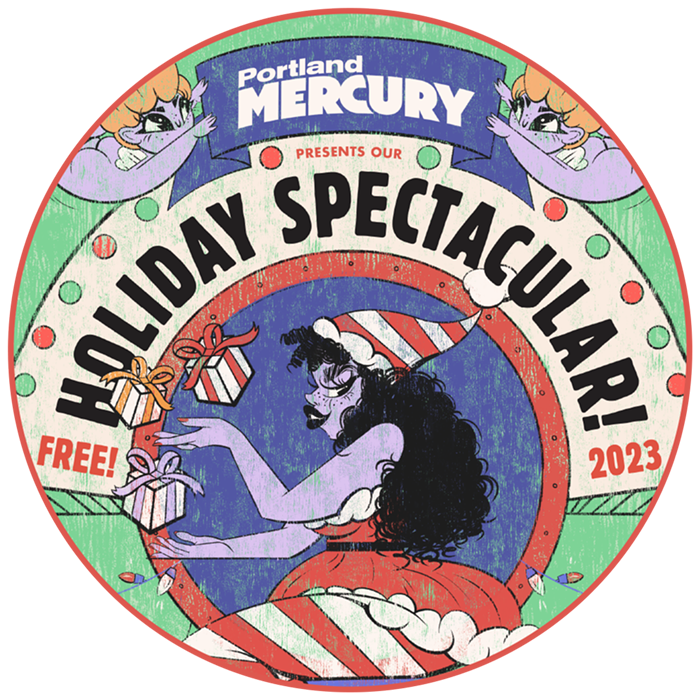BUSINESSES SOMETIMES line up against bike projects because they worry building out bike lanes will hinder their customers who arrive by car.
But a Portland State University study finds that cyclists are often more valuable customers: People who arrive at bars, restaurants, and convenience stores by bike spend more money than people who come by car, by transit, or on foot.
Civil engineering professor Kelly Clifton and her research team spent the summer interviewing drinkers, eaters, and shoppers around Portland.
Over the course of a month, Clifton's team found, cyclists spent the most per person at convenience stores and bars, and tied transit riders when it comes to dining at restaurants. That's because while people who drive to convenience stores, bars, and restaurants tend to spend more on each visit, they make significantly fewer visits than those who arrive by bike, bus, or foot.
Those findings come with some caveats: People who drive to the supermarket still spend significantly more than people who arrive by any other mode—which makes sense, given that hauling groceries home is more convenient by car.
And most businesses don't make most of their money from people who bike; most customers arrived at the surveyed businesses by driving. But the minority of customers who do arrive by bike spend more money over time.
The study, funded by the city, PSU, Metro, Travel Oregon, and nonprofit Bikes Belong, is significant in collecting hard numbers that suggest building bike and pedestrian infrastructure could be good for business. Clifton notes that installing a bike corral increases the number of biking customers by more than six percent. For every mile a business sits from a low-traffic, bike-friendly street, the number of its biking customers decreases by 5.5 percent.
One thing that's not clear from the numbers is why cyclists spend more.
"Is it the choice to cycle or the characteristic of the cyclist that explains spending?" asks Clifton.
The study points out a bunch of factors that influence how much money the average Portlander spends at specific businesses. For every minute you spend in a bar, for example, you spend about 20 cents more. If you have children at home, you're likely to spend about $3 less at the same bar.
It could be that cyclists often line up with the factors that make people likely to shell out cash—like having higher incomes. Interestingly, when researchers factored out income, which affects how much people spend, pedestrians were the most likely to part with their cash.
It could be just that cyclists have more disposable income, spending gas and car insurance money on delicious beer and tacos instead.

